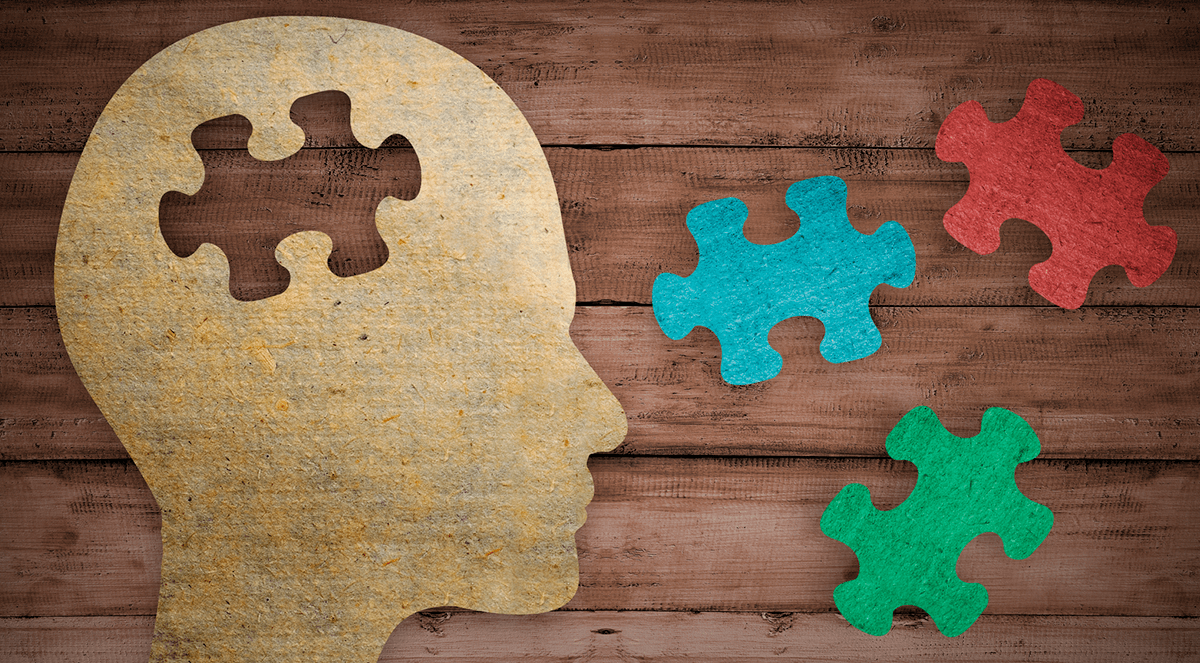A recent report from the European Sleep Research Society’s task force “Beyond AHI” discussed an issue that has been a long-term subject of debate – what are the best metrics for obstructive sleep apnoea (OSA) diagnosis and treatment outcome assessments? In a similar way, sleep bruxism (SB) metrics have also been a recurrent issue for >30 years and there is still uncertainty in dentistry regarding their optimisation and clinical relevance. SB can occur alone or with comorbidities such as OSA, gastroesophageal reflux disorder, insomnia, headache, orofacial pain, periodic limb movement, rapid eye movement behaviour disorder, and sleep epilepsy. Classically, the diagnosis of SB is based on the patient’s dental and medical history and clinical manifestations; electromyography is used in research and for complex cases. The emergence of new technologies, such as sensors and artificial intelligence, has opened new opportunities. The main objective of the present review is to stimulate the creation of a collaborative taskforce on SB metrics. Several examples are available in sleep medicine. The development of more homogenised metrics could improve the accuracy and refinement of SB assessment, while moving forward toward a personalised approach. It is time to develop SB metrics that are relevant to clinical outcomes and benefit patients who suffer from one or more possible negative consequences of SB.© 2021 European Sleep Research Society.
Research routes on improved sleep bruxism metrics: Toward a standardised approach.


